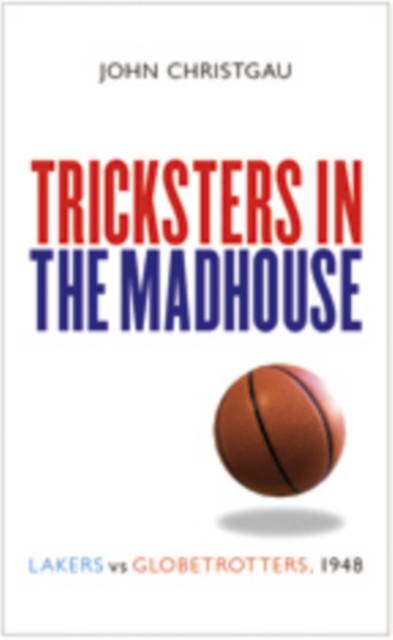
- Afhalen na 1 uur in een winkel met voorraad
- Gratis thuislevering in België vanaf € 30
- Ruim aanbod met 7 miljoen producten
- Afhalen na 1 uur in een winkel met voorraad
- Gratis thuislevering in België vanaf € 30
- Ruim aanbod met 7 miljoen producten
Zoeken
€ 22,45
+ 44 punten
Omschrijving
In February 1948 the brand-new, all-white Minneapolis Lakers were arguably the greatest basketball team in America, favored to win the World Professional Basketball Tournament later that year. Meanwhile the Harlem Globetrotters, at the center of black basketball, were riding their own incredible 103-game winning streak. Best known to white audiences for their clowning and comedy, the Globetrotters were not even thought to be in the same league with the mighty Lakers. So when these two powerhouses met for the first time--on February 19, 1948, before an audience of eighteen thousand in Chicago Stadium--basketball fans everywhere were in for an eye-opening performance. Tricksters in the Madhouse is the story of this pivotal meeting, a game that would encapsulate the growing racial tensions of the era, particularly the struggle of black Americans to gain legitimacy in the segregated world of sports. Play-by-play, John Christgau recreates the heart-stopping game that would shock white basketball fans raised to view black athletes in separate and unequal terms. Through in-depth interviews and extensive research, Christgau brings this critical match-up to life. By looking beyond the drama in the arena to the broader events of the day, he also puts the game in its sociological context, revealing how, even as it enacted the racial inequities of the time, this crucial game represented an important step toward equality.
Specificaties
Betrokkenen
- Auteur(s):
- Uitgeverij:
Inhoud
- Aantal bladzijden:
- 232
- Taal:
- Engels
Eigenschappen
- Productcode (EAN):
- 9780803215993
- Verschijningsdatum:
- 1/10/2007
- Uitvoering:
- Paperback
- Formaat:
- Trade paperback (VS)
- Afmetingen:
- 140 mm x 228 mm
- Gewicht:
- 290 g

Alleen bij Standaard Boekhandel
+ 44 punten op je klantenkaart van Standaard Boekhandel
Beoordelingen
We publiceren alleen reviews die voldoen aan de voorwaarden voor reviews. Bekijk onze voorwaarden voor reviews.








